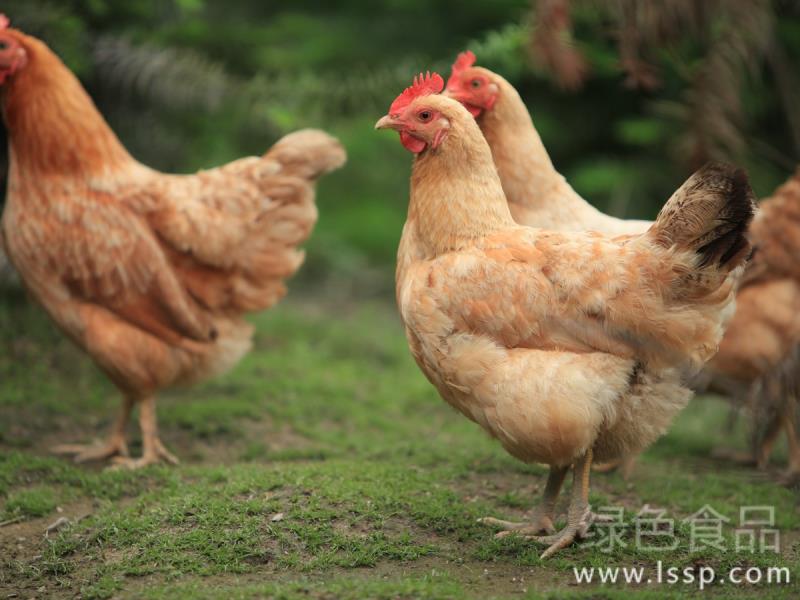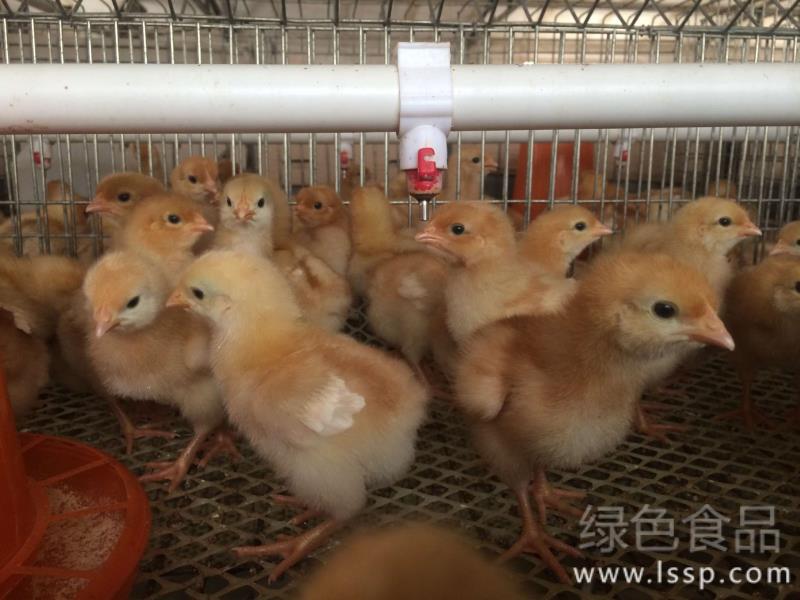Breeding techniques of poisonous Beef cattle with improper forage treatment in Autumn
(1) Reserve feed. Forage, corn and rice straw combined with silage, yellow silage, microsilage and ammoniation were used to produce feed. The whole plant silage of corn has less nutrient loss and long preservation time, and the palatability is improved after lactic acid fermentation. Corn straw silage is called yellow silage; microsilage refers to the addition of highly active starter for anaerobic fermentation in the process of silage. At present, cellulose decomposing bacteria are the most widely used. Ammoniation is mainly aimed at crop straw with low water content and high lignin, such as rice straw and wheat straw, by spraying appropriate amount of ammonia, ammoniated straw, yellowish brown, shiny, kind of paste flavor, soft texture, increase the palatability of beef cattle, ammonia must be released when in use, otherwise it is easy to cause beef cattle ammonia poisoning.

Beef cattle
The pH value of fermented feed such as silage and yellow silage is generally about 5.0. acetic acid and lactic acid are produced in the process of fermentation, which will make the acidity of silage too high, which will not only reduce the palatability, but also corrosive and irritating to the teeth and gastrointestinal tract of beef cattle. Proper addition of urea can solve this problem and increase the protein content of silage. Fermented products such as distiller's grains and fruit dregs have high acidity, which can be used to fatten beef cattle for a long time, which will have a great impact on the quality of beef, so an appropriate amount of baking soda can be added to the concentrate feed.
Concentrate reserve, including energy and protein feed. Corn is the main energy feed; low-priced rapeseed cake and cottonseed meal can be used in protein feed instead of soybean meal; in addition, feed additives such as licking bricks should be stored to supplement the deficiency of feed nutrients.
(2) fill the fence in time at the end of autumn, some large grazing areas need to deal with calves born in the same year due to the restriction of forage. No matter in terms of price or quality, the fattening farm is more suitable to buy calves. In order to purchase beef cattle from a long distance, it is necessary to prevent the transportation stress syndrome of beef cattle, that is, "rotten lung disease". Measures can be taken: ask experienced people to help pick beef cattle, do not rush to load, and observe first; avoid double-decker vehicles that do not take shelter from the wind and rain; ensure drinking water, supplementary feeding, sedation and prevent beef cattle from lying down on the way; after landing, guarantee drinking water, supplement salt, gradually change materials, strengthen nutrition, disinfection and isolation. Select good drugs, reasonable formula, timely and sufficient control of sick cattle, and eliminate seriously sick cattle as soon as possible.
(3) the barn is ventilated, and the growth and development rate of beef cattle is not affected when the temperature is 0: 4 ℃, but at present, many cattle farms pay too much attention to the heat preservation of the barn, which makes the barn high wet. When the humidity of the barn exceeds 70%, the growth rate of beef cattle decreases, so ventilation facilities should be considered when building the barn. In addition, to ensure that beef cattle have sufficient light, sunny weather, lead beef cattle out of the house for natural light; in autumn and winter, beef cattle enter the shed feeding, cattle density increases, the risk of infectious diseases increases, ventilation can reduce the incidence of beef cattle to a certain extent.
- Prev

How to raise free-range native chickens with low investment and low price in high mountain areas
How to raise free-range native chickens with low investment and low price in high mountain areas
- Next

The quality of brooding affects production efficiency how to reduce the mortality of chicks
The quality of brooding affects production efficiency how to reduce the mortality of chicks
Related
- On the eggshell is a badge full of pride. British Poultry Egg Market and Consumer observation
- British study: 72% of Britons are willing to buy native eggs raised by insects
- Guidelines for friendly egg production revised the increase of space in chicken sheds can not be forced to change feathers and lay eggs.
- Risk of delay in customs clearance Australia suspends lobster exports to China
- Pig semen-the Vector of virus Transmission (4)
- Pig semen-the Vector of virus Transmission (3)
- Five common causes of difficult control of classical swine fever in clinic and their countermeasures
- Foot-and-mouth disease is the most effective way to prevent it!
- PED is the number one killer of piglets and has to be guarded against in autumn and winter.
- What is "yellow fat pig"? Have you ever heard the pig collector talk about "yellow fat pig"?

